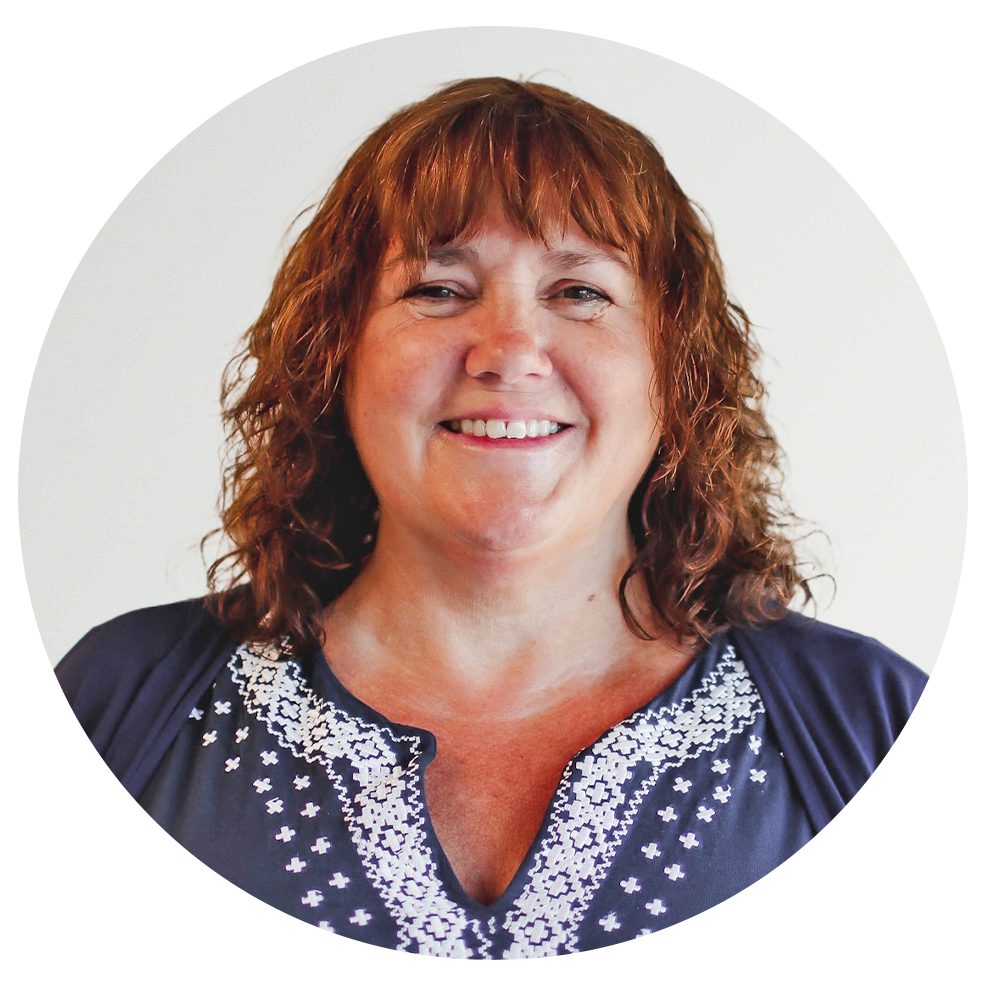Pressure ulcers - To sit or not to sit
In this session we will explore the critical clinical reasoning process around whether you can sit out of bed with a pressure area. To celebrate OT week and Stop the pressure week, we wish to recognise the importance of collaborative working.
This session will explore the risks of sitting and the risks of staying in bed. We wish to help clients make informed seating decisions to promote comfort, healing, function and overall well being.
Learning Outcomes
- Understand 24-hour posture and positioning
- Practical advice we can pass onto clients about managing pressure and preventing further damage
- Recommendations for alternative positions and equipment
- A review of current evidence
Meet our Experts

Heidi has been a Tissue Viability Nurse since 2002. Her interest and passion in the prevention and management of pressure ulcers began, however, in 1987 on registering as a nurse. She has worked in both acute and community care. She is currently the part-time Tissue Viability Services Lead for Hertfordshire Community NHS Trust.

Nicky is a dedicated Occupational Therapist with over 16 years of experience, specializing in disability, posture, and seating. She has worked in both inpatient and community settings, and most recently served as a seating therapist within the HSE.
Useful resources

Pressure ulcers - To sit or not to sit
Take a closer look at the slides presented by Nicky and Heidi.
People who watched this also watched...
Pressure ulcers - definition, assessment, prevention
Pressure ulcers are a painful, debilitating condition that can, largely, be prevented. Seen as a measure of harm by NHS England/Improvement and reportable to the CQC in care home settings, understanding how best to protect those within your care from developing a pressure ulcer is an important aspect of care delivery.
A manual handling adviser in Malawi
A long ambition was realised in February 2023 to volunteer with a charity that supports children and adults abroad. Being part of a team dedicated to improving the health and wellbeing of fellow human beings is both an honour and delight. Two weeks can change your life forever and be the start of a long term inspirational collaboration in a far off continent.
The importance of good communication and its impact on clinical outcomes
In this session we will explore the various types and styles of communication, how important the way we communicate is and how this may affect the outcome when working with service users and their carers. We will refer to the legislation that guides us and be referred to in these complex cases and know when to seek legal advice for an individual case.


